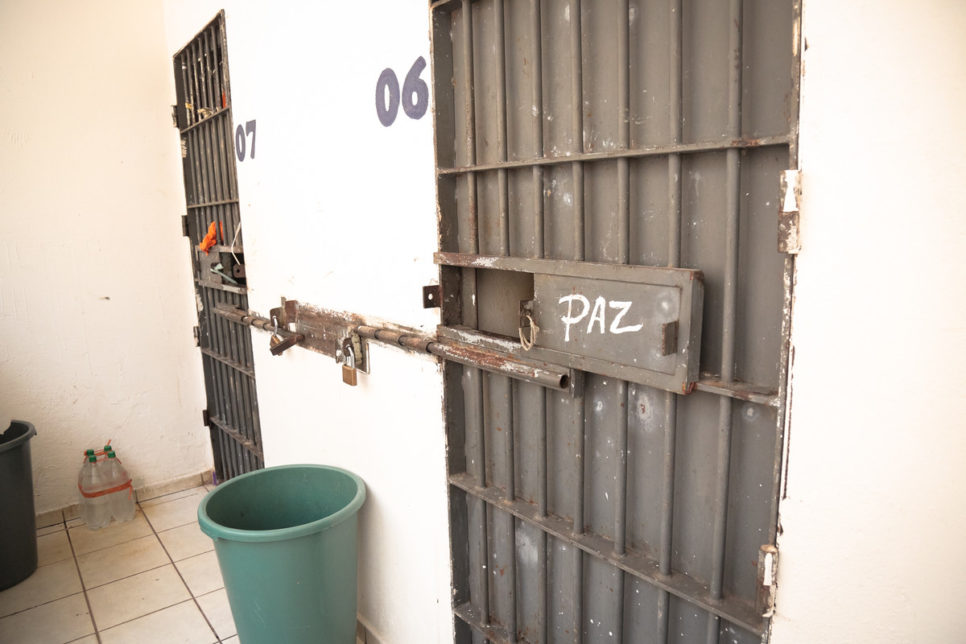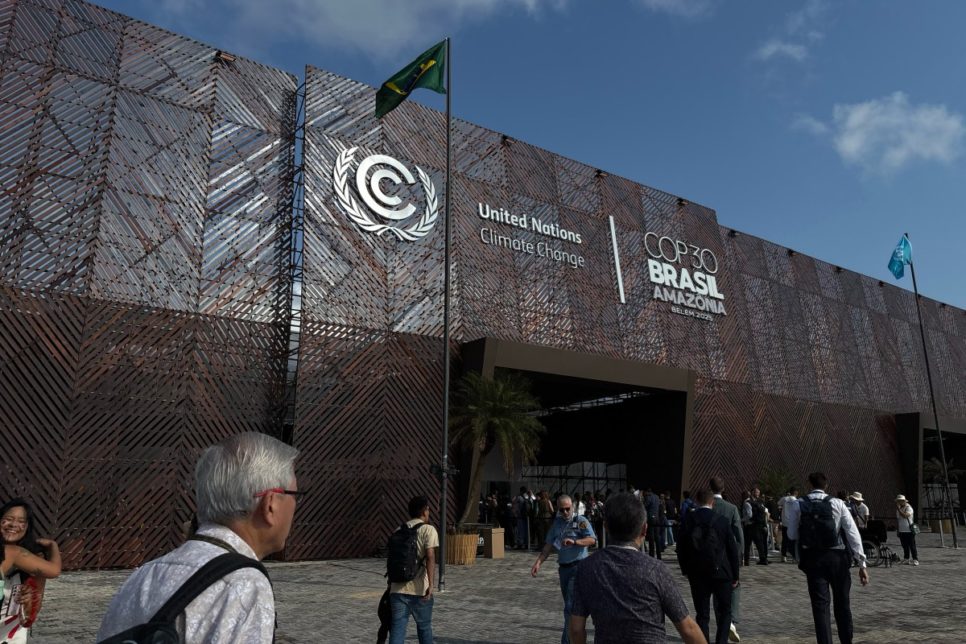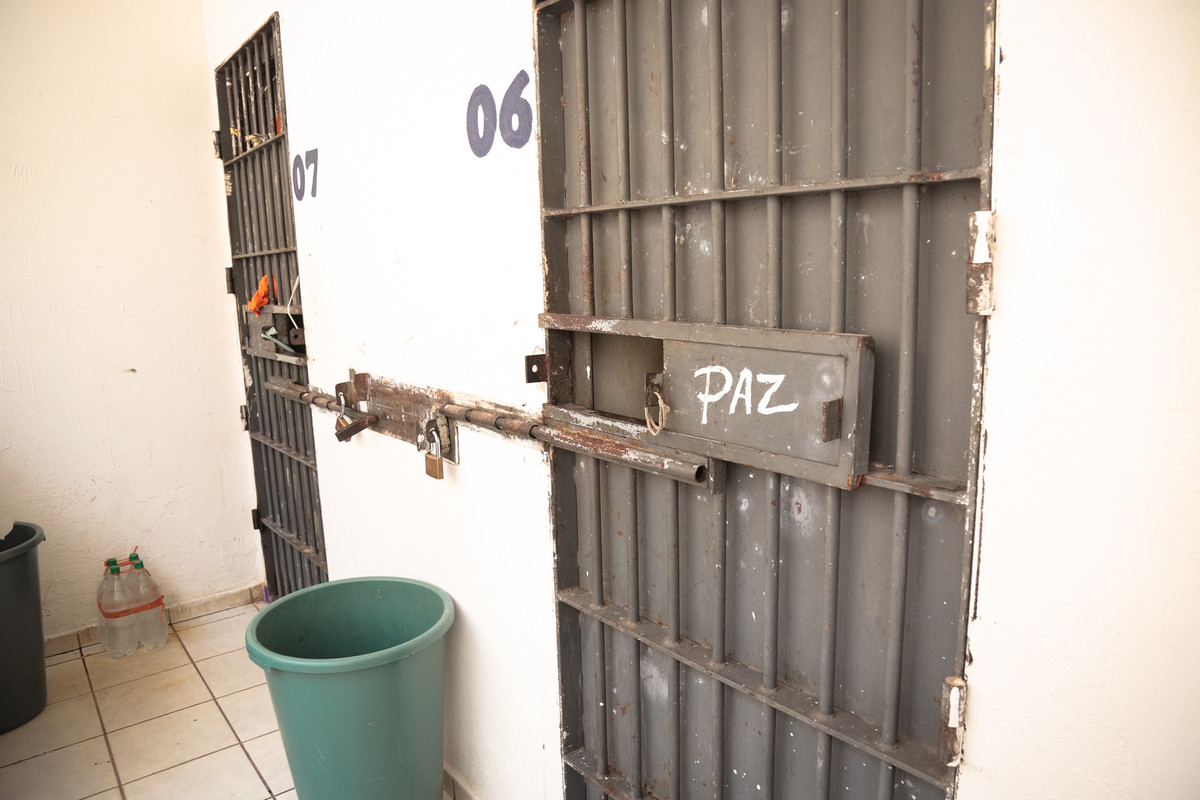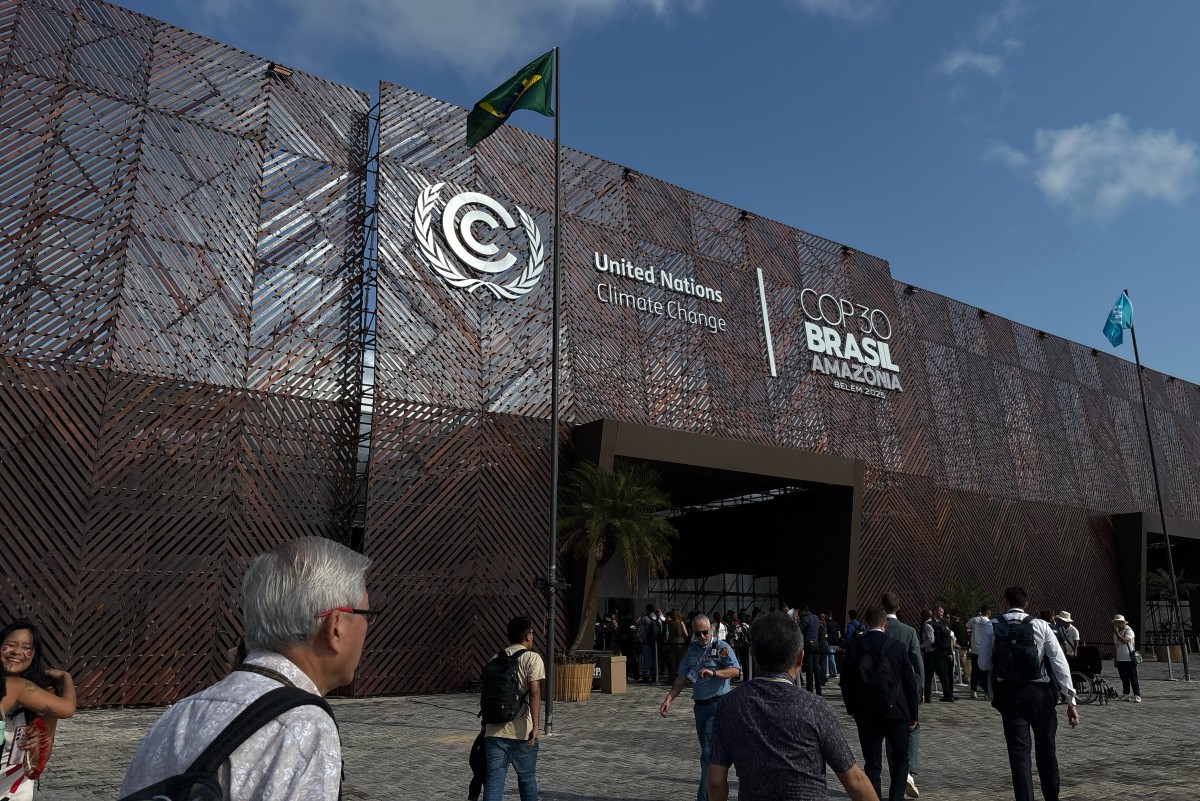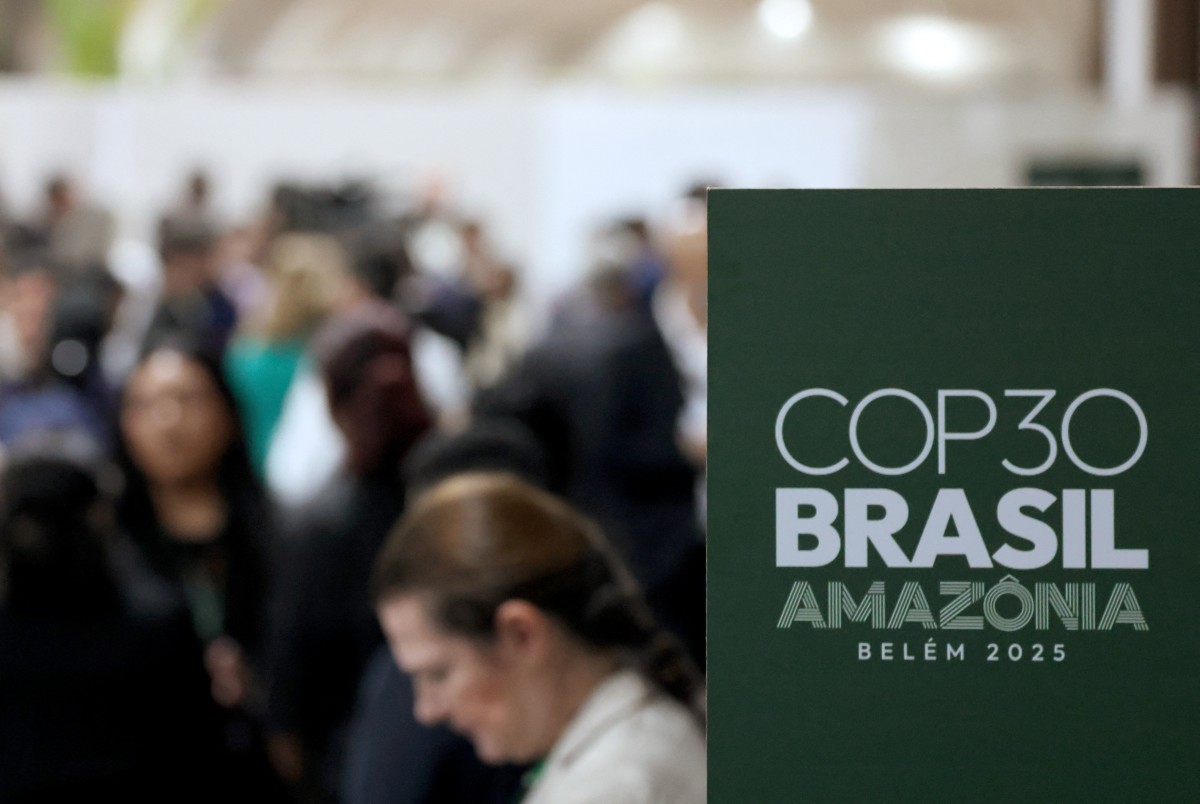An overview of the 14th Colloquium
 The 14th International Human Rights Colloquium drew to a close on Friday, May 29, issuing a challenge to its more than 150 participants: how, beyond local contexts and experiences, can social movements and organizations work together to guarantee, on a global scale, the right to the streets?
The 14th International Human Rights Colloquium drew to a close on Friday, May 29, issuing a challenge to its more than 150 participants: how, beyond local contexts and experiences, can social movements and organizations work together to guarantee, on a global scale, the right to the streets?
Clues to finding the answer to this question may be found in the more than 20 speeches, debates and workshops that occurred over the course of the week. All the activities were held at Praça das Artes square, in São Paulo.
From analysis of the most recent and important street movements to complaints about how the State has reacted to demonstrations, while questioning the effectiveness of participation channels and addressing the need to deepen democracy, the conference presented the main voices and narratives of the international discussion on protests. Split up into the themes “Agenda of the streets”, “Right to the streets” and “Legacy of the streets”, the program permitted a comprehensible and almost chronological journey through the topic.
Read more
On the first day of the week-long event, on Monday May 25, the participants heard accounts by activists who are or who have been on the front line of demonstrations in the United States, Egypt, Turkey and Mexico. They also debated the right to land and to the city, and the scope of the international norms that regulate and assure the right to protest.
 See below a summary of the activities on May 25:
See below a summary of the activities on May 25:
From Taksin square to Ferguson, what the demonstrations have in common
Experts discuss protests in the city and in the country and their influence on the right to housing and citizenship
In a debate on the right to protest, activists share cases of violations
On Tuesday, May 26, the debate was centered on the reaction of the State, usually violent, to popular protests. Discussions included the role of the police in the repression of demonstrations and the use, often illegal and disproportionate, of less-lethal weapons against the civilian population. In the afternoon, the participants could display the work of their organizations in an Ideas Fair.
 See below a summary of the activities on May 26:
See below a summary of the activities on May 26:
The police need to be discussed
Day two of the Colloquium starts with a debate on the use of force in protests
Activists denounce indiscriminate and excessive use of less-lethal weapons against civilians
From the streets to the Colloquium
Activists exhibit materials from their organizations on day two of the Colloquium
Day three was dedicated to the internet and to the new forms of surveillance and criminalization of civil society – in particular the passage of laws that restrict the work of social organizations. The participants spent the morning in two workshops, held simultaneously, on internet security and online mobilization. In the evening, an open debate was staged on the U.S. prison at Guantanamo and the CIA’s torture program.
 See below a summary of the activities on May 27:
See below a summary of the activities on May 27:
How to change the world with online activism
Activists warn against proliferation of laws restricting the work of social movements
A leader in the global debate on the right to privacy, Brazil still fails to protect data
Guantanamo :: Everyone’s problem
Symbol of disrespect for human rights, U.S. prison is topic of debate in São Paulo
On Thursday, May 28, the participants took part in debates on tools for action: first, on the importance of research and communication for organizations; then, on tactics to guarantee physical safety during protests and on the use of video to record human rights violations. In the afternoon, the group staged a simulation of the UN Human Rights Council. The delegations reproduced the vote on a real resolution on protests.
 See below a summary of the activities on May 28:
See below a summary of the activities on May 28:
In a debate on human rights communication at the 14th Colloquium, experts discuss mobilization strategies
Filming human rights violations is an essential tool for the defense of activists
In a simulation of the Human Rights Council, participants vote on the resolution on protests
The last day was dedicated to making an assessment of the impact of the streets on democracy and on the State itself, based on real experiences. First thing in the morning, the participants heard accounts from Brazil and Chile on the importance of the channels and mechanisms for public participation in the decision-making process.
The final panel of the conference featured statements by Kumi Naidoo, who spoke about the movement against apartheid in South Africa, and Vera Jarach, of the Mothers of May – Founding Line. Jarach moved the audience when speaking about how important it is for movements to continue their struggle on the streets. “Democracy is not perfect, but it is ‘perfectible’. With hope and willingness, we can be optimistic,” she said.
 See below a summary of the activities on May 29:
See below a summary of the activities on May 29:
Use of digital tools to encourage participation in politics is debated at 14th Colloquium
Reflecting on the future, Vera Jarach and Kumi Naidoo close the 14th International Human Rights Colloquium
See the complete photographic coverage of the 14th Colloquium:
Watch the video on the XIV Colloquium:
Watch the videos that were presented during the panels:
